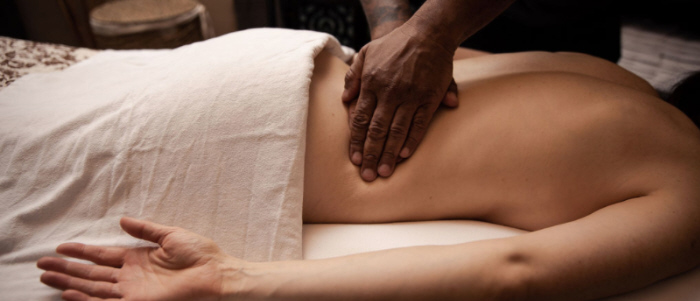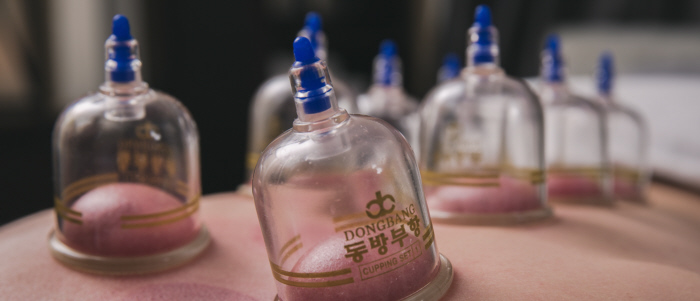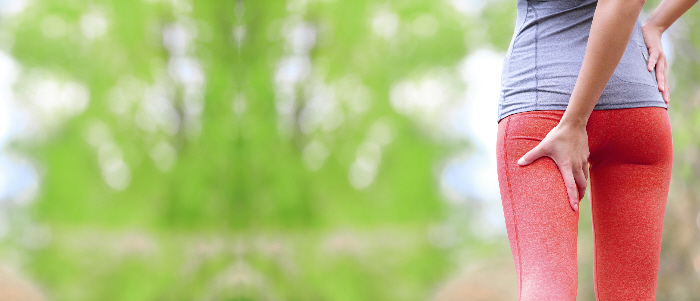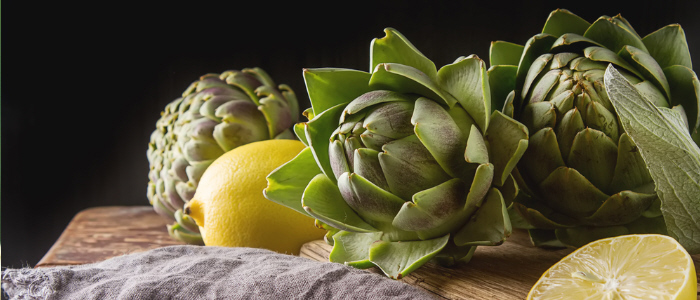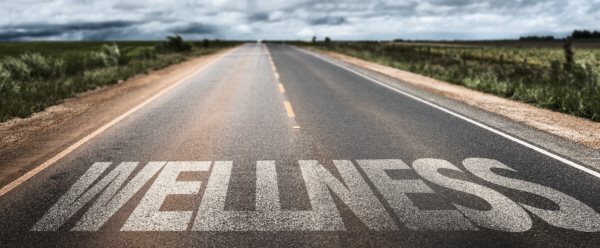Give Yourself This Experience, and Support Our Small Business
We cannot wait to reopen and get back to the work of relieving your stress. It has become increasingly difficult to manage stress – both physical and mental. There are less available options when it comes to improving physical health, and the instability of the world is at the top of many of our minds. 2020 is taking a toll on our mind, body, and spirit.

